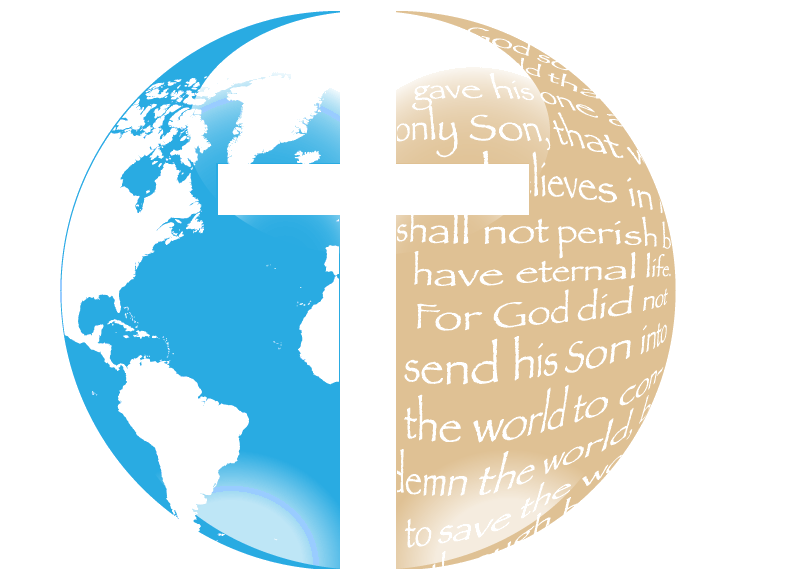The old tabernacle
Now the first covenant also had regulations for ministry and an earthly sanctuary. For a tabernacle was set up, and in the first room, which is called the holy place, were the lampstand, the table, and the presentation loaves. Behind the second curtain was a tent called the most holy place. It had the gold altar of incense and the ark of the covenant, covered with gold on all sides, in which was a gold jar containing the manna, Aaron’s staff that budded, and the tablets of the covenant. The cherubim of glory were above the ark overshadowing the mercy seat. It is not possible to speak about these things in detail right now. Hebrews 9:1-5 CSB
In this new chapter, the author shows the ineffectiveness of the first covenant in detail. The author does this not to discredit the past, but to show how glorious the new covenant through Christ is in comparison. All the components of the old tabernacle were temporary. There were lengthy “regulations.” The tabernacle had two areas. The first area was the “holy place,” approximately thirty feet long, fifteen feet wide, and fifteen feet high. The lampstand was there to illuminate the second area, while the first area was illuminated by the very presence of God. The bread was placed on the table every Sabbath and was exclusively eaten by the priests. There was a very thick curtain that separated the most holy place and the outer court. On the Day of Atonement, the high priest entered the most holy place and offered an incense offering on the behalf of the people. The curtain would be torn in two completely when Jesus Christ died, signifying that there was now direct access to God through Him. The items within the ark of the covenant were the following: the gold jar containing the manna, a memento of God’s daily provision to the people of Israel in the wilderness; Aaron’s staff that budded, a warning of the consequences of complaining against the Lord; and the tablets of the covenant, a reminder of God’s expectations of the people and future work of Christ. Finally, the cherubim were sculpted winged creatures above the ark of the covenant which symbolized God’s presence. The mercy seat was within the holy of holies, and the high priest would sprinkle blood upon it on the Day of Atonement as part of the sacrificial act that would represent Christ’s atoning sacrifice on the cross. The sanctuary, although magnificent in its description and design, still paled in comparison of the new covenant which is eternal and established in heaven. Despite the elaborate design of the tabernacle, the sacrifices offered were still insufficient. Instead, the symbolic sacrifices, which were done every year, were all pointing to Christ’s work on the cross, which was done once and completed the plan of salvation. (See Exodus 6, 25, 30, 35; Lev. 16, 24; and Num. 17 for more details on the tabernacle and items within). And Christ’s sacrifice at the cross was sufficient to provide the means for our salvation.
Blessings,
Isaac De Guzman



Comments